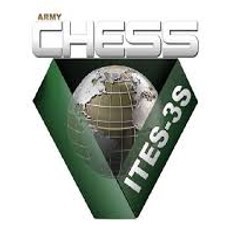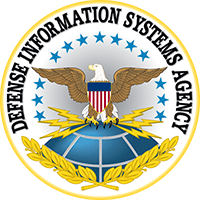In 2010 I released Mastering Business Chaos – Secrets to Being Indispensable and Becoming a Playmaker. The core theme of Mastering Business Chaos is recognizing and embracing the changing nature of work – work is increasingly separating into two distinct categories: 1) rules based work; and 2) knowledge and judgement based work.
From P. 161 of Mastering Business Chaos: “One of the most important patterns to recognize in business process is the distinction between rules based work, and knowledge and judgment based work. This is where we make some order out of chaos. Rules based work is mechanical in nature. Knowledge and judgment work requires making decisions based on experience, skill and wisdom. Most work activities have elements of both. Value is created by distilling the rules out of work activities to enable the rules to be performed mechanically (by people or by software) to free people to focus on making good decisions based on judgment and knowledge.”
I was right on target in 2010 in identifying the important distinction between rules based work, and knowledge and judgment based work. However, what I did not anticipate in 2010 was the speed of adoption and the level of penetration of this concept in organizations – particularly the rate of evolution and speed of adoption of Artificial Intelligence (AI).
From 2010 to about 2014 we were able to radically transform operational efficiency and organizational effectiveness in organizations via automating business rules with technology. For the purpose of this discussion, that was the low hanging fruit. Most organizations are now running fairly lean – primarily by improving operational efficiency and organizational effectiveness via analyzing and automating business rules.
Fast forward to the last few years. The new frontier is automating knowledge and judgment based work using AI, big data, machine learning, etc. For example, I recently completed a project for a large well-known insurance company to automate claims adjudication. Not claims processing (rules based work) but analyzing and determining the validity of claims and associated appropriate settlement (traditionally knowledge and judgment based work).
Traditionally, this work was performed by intelligent, experienced, professional claim adjudicators. To make a long story short, based on AI, big data and a number of other recent technological innovations, we were able to automate approximately 80%+ of the claim adjudication.
The remaining claims were the “tough” decisions that required expert level knowledge, judgement and experience. Accordingly, the claims adjudicators with expert level knowledge, judgment and experience became even more valuable to the organization, the mid-level to junior-level adjudicators – not so much.
In my upcoming book “Think Like an Owner – Thriving in an AI Driven Economy”, I provide guidance to employees – at all levels of the organization - regarding transforming and augmenting their skills to be relevant and valuable to organizations that are rapidly transforming and/or replacing traditional knowledge and judgment related jobs with AI. However, I also provide guidance to organizations regarding attracting and retaining the new breed of increasingly valuable super knowledge workers.
The basic concept is that organizations will operate at increasingly reduced levels of staffing, relative to the knowledge and judgment based workload, as AI becomes increasing more main stream. Sounds good from a P&L perspective perhaps. However, competition to attract and retain talent from the limited pool (and I would argue increasingly limited pool) of these super valuable, super knowledge workers is going to be fierce. Accordingly, one of the key themes of Think Like an Owner is that Human Capital Management will be one of the primary theaters of battle among organizations in the future.
Subscribe to my blog | Visit our Knowledge Hub
Visit my YouTube channel | Connect with me on LinkedIn
Check out our Business Analysis Training Courses and Consulting Services




















